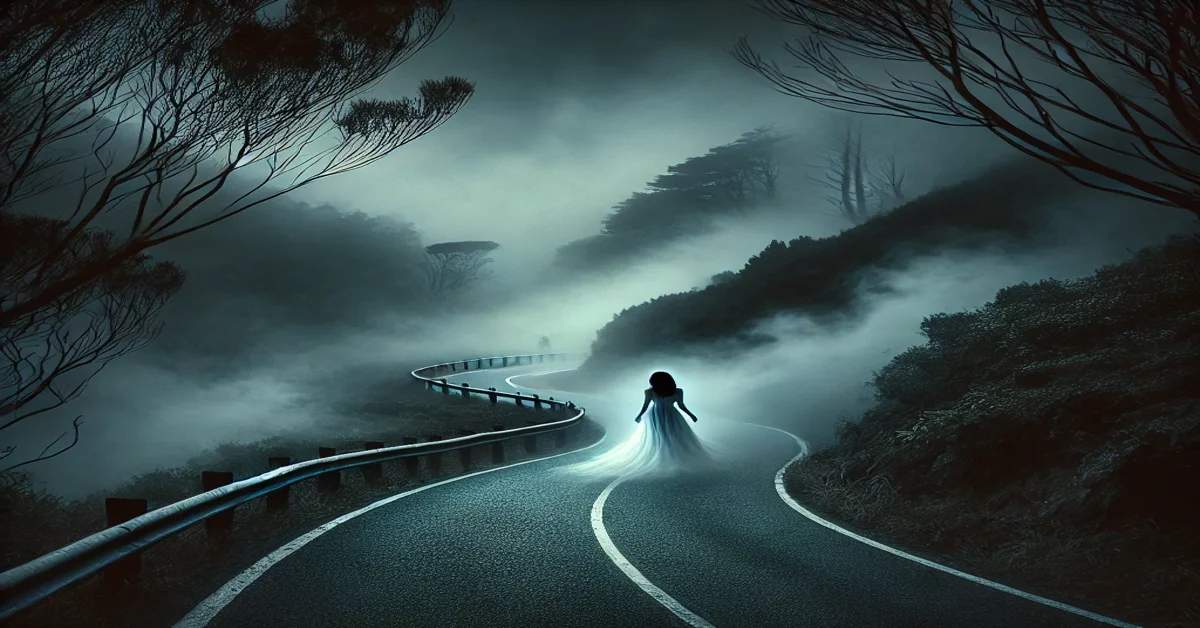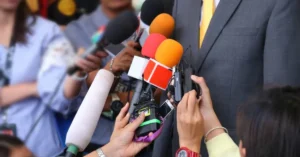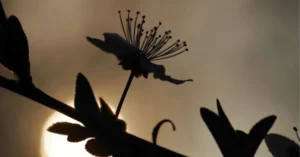In the expansive world of internet legends and viral tales, few stories have managed to achieve the level of infamy as the haunting tale of Teresa Fidalgo. Emerging from a short film in 2003, this eerie narrative has become a staple of modern digital folklore, blending ghostly intrigue with the viral mechanisms of the internet. This article delves deep into the origins, spread, and enduring legacy of Teresa Fidalgo, shedding light on why her story continues to captivate audiences worldwide.
The Origin of Teresa Fidalgo
The story of Teresa Fidalgo began with a Portuguese short film titled A Curva (“The Curve”), directed by David Rebordão. In this film, a group of friends drives along a dark, winding road at night when they encounter a mysterious woman in white, hitchhiking. The friends offer her a ride, and during the journey, she reveals a chilling fact: she died at the very spot they are about to pass. Moments later, a horrific crash occurs, and Teresa’s ghostly face fills the screen before the film cuts to black.
Although A Curva was scripted and fictional, its realistic found-footage style led many to believe the events depicted were real. This misunderstanding laid the groundwork for Teresa Fidalgo’s transformation from a film character into an internet legend.
The Viral Spread
In the early 2000s, the story of Teresa Fidalgo gained traction online, evolving into a chain message phenomenon. These messages often contained a warning: failing to share the story with others would result in dire consequences, such as personal misfortune or even an encounter with Teresa herself. The fear-inducing nature of these messages led to widespread sharing, embedding Teresa Fidalgo’s tale into the fabric of internet culture.
Platforms like YouTube and social media further amplified the legend, with countless users uploading their interpretations, reactions, and theories about Teresa Fidalgo. This digital proliferation ensured that her story reached audiences far beyond the Portuguese-speaking world.
The Anatomy of an Internet Legend
The Teresa Fidalgo phenomenon exemplifies how traditional folklore adapts to the digital age. Here are some key elements that contributed to her story’s viral success:
Visual Realism The found-footage aesthetic of A Curva gave the story a sense of authenticity, making it difficult for viewers to discern fiction from reality.
Emotional Manipulation Chain messages associated with Teresa Fidalgo often played on fears of death and the unknown, exploiting human psychology to encourage sharing.
Global Accessibility The story’s simplicity and reliance on universal fears allowed it to transcend cultural and linguistic barriers, resonating with audiences worldwide.
Participation The interactive nature of chain messages and user-generated content invited audiences to engage with the legend, perpetuating its spread.
Debunking the Myth
Despite its popularity, the Teresa Fidalgo story is purely fictional. David Rebordão, the filmmaker behind A Curva, has publicly confirmed that the video was a scripted project with no basis in real events. The character of Teresa Fidalgo was created to evoke fear and intrigue, drawing inspiration from classic ghost stories and urban legends.
Nevertheless, the persistence of the story underscores the internet’s ability to blur the lines between fact and fiction. Even after the myth was debunked, many continued to share the tale, either out of genuine belief or for entertainment purposes.
The Psychological Appeal
The enduring allure of Teresa Fidalgo lies in its psychological impact. The story taps into deep-seated fears of the supernatural and the unknown, themes that have been central to human storytelling for centuries. Additionally, the ominous tone of the associated chain messages plays on anxiety and superstition, compelling individuals to share the tale to avoid perceived harm.
The Role of Social Media
Social media platforms have played a crucial role in keeping the legend of Teresa Fidalgo alive. From TikTok to Instagram, users continue to create and share content inspired by the story. This includes:
Short Films: Amateur filmmakers have reimagined Teresa Fidalgo’s tale, adding their unique twists.
Reaction Videos: Viewers record their reactions to the original video or related content, contributing to the story’s ongoing visibility.
Memes: Humorous interpretations of the legend have introduced Teresa Fidalgo to new audiences, often in unexpected ways.
Cultural Context and Similar Tales
The Teresa Fidalgo legend is part of a broader tradition of ghostly hitchhiker stories, which have appeared in folklore across various cultures. These tales often serve as cautionary narratives, warning against the dangers of traveling alone or picking up strangers. The modern twist of Teresa’s story—its digital dissemination—illustrates how folklore evolves to reflect contemporary fears and technologies.
Lessons from Teresa Fidalgo
The Teresa Fidalgo phenomenon offers valuable insights into the nature of internet culture and storytelling:
The Power of Storytelling Compelling narratives can transcend their original medium, gaining new life and meaning in different contexts.
The Importance of Media Literacy Understanding how to critically evaluate online content is crucial in an age where misinformation can spread rapidly.
The Role of Fear in Viral Content Fear is a powerful motivator, often driving individuals to engage with and share content that triggers emotional responses.
Conclusion
Teresa Fidalgo’s tale is a modern urban legend that highlights the interplay between storytelling, psychology, and technology. While her story is rooted in fiction, its impact on internet culture is undeniable. By examining the factors that contributed to its viral success, we can gain a deeper understanding of how legends adapt and thrive in the digital age.
FAQs
- Who is Teresa Fidalgo? Teresa Fidalgo is a fictional character from the Portuguese short film A Curva, which depicts a ghostly hitchhiker.
- Is the story of Teresa Fidalgo real? No, the story is entirely fictional. Filmmaker David Rebordão has confirmed that A Curva was a scripted project.
- Why did Teresa Fidalgo’s story go viral? The combination of a realistic video, chain messages, and universal fears contributed to its viral spread.
- What should I do if I receive a chain message about Teresa Fidalgo? Recognize it as a modern urban legend and avoid sharing it to prevent the spread of misinformation.
- How can I verify the authenticity of such stories? Research the origins, check credible sources, and look for official statements from creators or experts.
- What makes Teresa Fidalgo’s story significant? Her tale exemplifies how traditional folklore can adapt to digital platforms, reflecting contemporary fears and storytelling methods.









